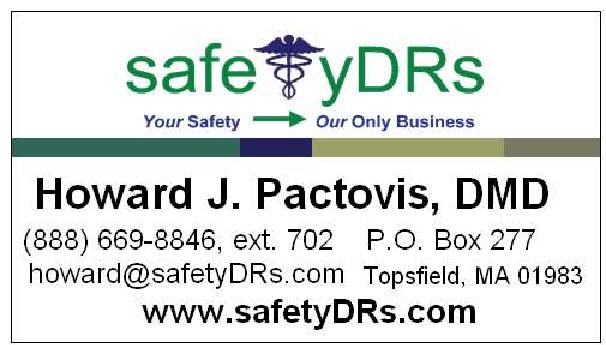 Significant ergonomic risk factors for dentists are static loading of the neck (prolonged focus on small areas inside the patient’s oral cavity) and static loading and awkward postures of the hands (anesthetic injection and drilling of patient’s teeth).
Significant ergonomic risk factors for dentists are static loading of the neck (prolonged focus on small areas inside the patient’s oral cavity) and static loading and awkward postures of the hands (anesthetic injection and drilling of patient’s teeth).Sigificant ergonomic risk factors for dental assistants are twisting and turning of the back, and extended reaches of the arms to access dental instruments, prolonged static postures, forceful exertions of the hands while using dental instruments, and carving fillings.
Control measures include, but are not limited to:
- Replace older rear delivery equipment with more modern “continental-style” over-the-patient equipment. Utilize patient chairs that are as thin as possible.
- Ensure that existing equipment is functioning properly and that all chairs are able to be raised and lowered within the range for which they were designed.
-Design operatories so that the assistant or dentist does not have to get up or twist to use an amalgamator or curing light.
- Practice good posture while treating dental patients.
- Utilize slow set amalgams when doing large fillings.
Ref. NIOSH: HETA 98-0032-2795, Indian Health Service Dental Clinics, Arizona









